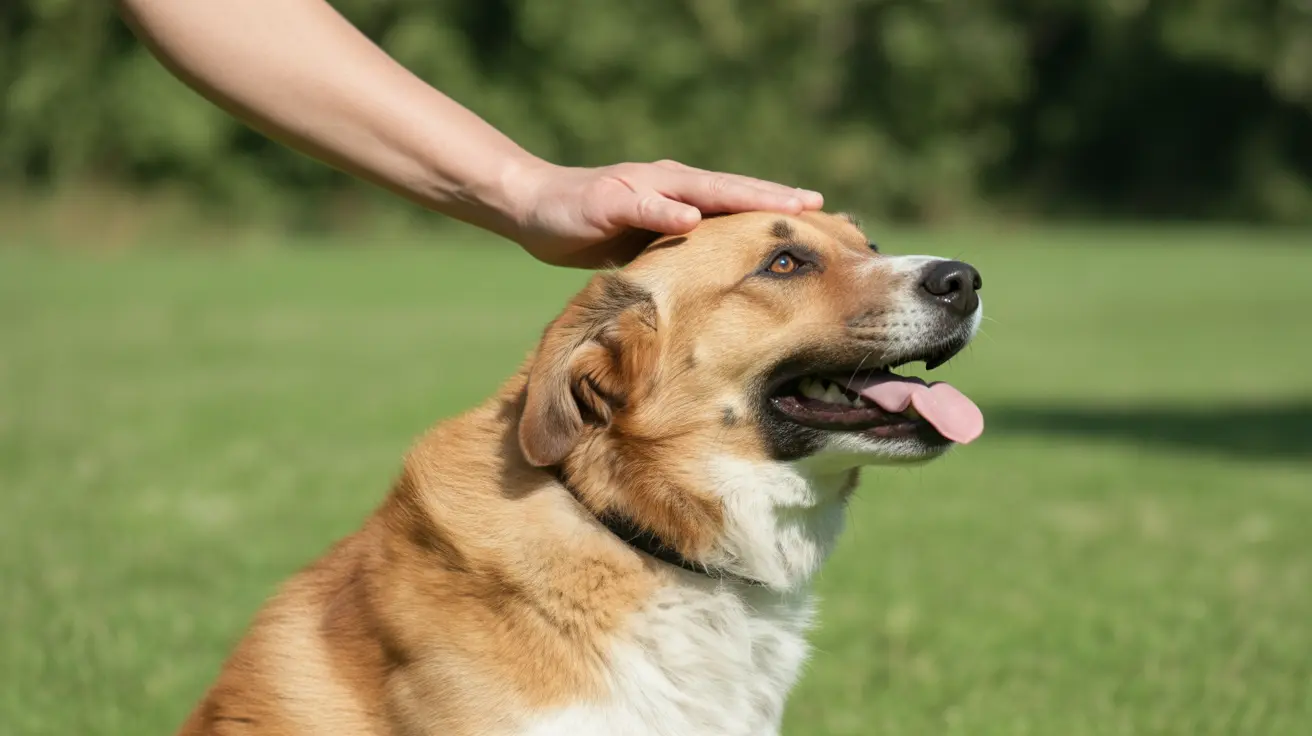If you've noticed your dog pawing at their eyes, showing excessive discharge, or experiencing persistent redness, they might be suffering from dry eye. This condition, medically known as keratoconjunctivitis sicca (KCS), affects countless dogs and requires prompt attention to prevent serious complications.
In this comprehensive guide, we'll explore everything pet owners need to know about dry eye in dogs, from recognizing early warning signs to understanding treatment options that can help protect your furry friend's vision.
What Causes Dry Eye in Dogs?
The primary cause of dry eye in dogs is an autoimmune response where the body attacks its own tear-producing glands. This results in decreased tear production, leading to inflammation and discomfort. Several factors can contribute to this condition:
- Breed predisposition (particularly in Cocker Spaniels, Bulldogs, and West Highland White Terriers)
- Immune system disorders
- Previous eye infections or injuries
- Certain medications
- Age-related changes
- Neurological conditions
Recognizing the Signs of Canine Dry Eye
Early detection is crucial for managing dry eye effectively. Watch for these common symptoms:
Common Symptoms
- Thick, sticky eye discharge (yellow or green)
- Redness and inflammation
- Excessive blinking or squinting
- Cloudiness in the eye
- Pawing at the eyes
- Visible discomfort
Advanced Signs
- Corneal ulcers
- Blood vessel growth across the cornea
- Dark pigmentation on the eye's surface
- Vision impairment
Diagnosis and Testing
Veterinarians use several methods to diagnose dry eye in dogs, with the Schirmer Tear Test being the gold standard. This simple, painless procedure measures tear production by placing a special paper strip in the dog's lower eyelid for one minute.
Additional diagnostic procedures may include:
- Fluorescein staining to check for corneal damage
- Pressure testing to rule out other eye conditions
- Detailed eye examination to assess overall eye health
Treatment Options and Management
Treatment for dry eye typically involves a multi-faceted approach:
Medical Management
- Tear-stimulating medications (cyclosporine, tacrolimus)
- Artificial tear supplements
- Anti-inflammatory medications
- Antibiotics for secondary infections
Supportive Care
- Regular eye cleaning
- Protection from irritants
- Monitoring for complications
- Frequent veterinary check-ups
Frequently Asked Questions
What are the common symptoms of dry eye in dogs, and how can I identify them?
Common symptoms include thick eye discharge, redness, squinting, and visible discomfort. You may notice your dog pawing at their eyes or showing signs of vision problems.
How is dry eye in dogs diagnosed, and what tests are typically performed?
The primary diagnostic tool is the Schirmer Tear Test, which measures tear production. Your veterinarian may also perform fluorescein staining and other eye examinations to assess corneal health.
How do I treat my dog's dry eye, and what are the most effective treatments available?
Treatment typically involves medications to stimulate tear production, artificial tears for lubrication, and possibly antibiotics for secondary infections. The most effective treatments are prescription medications like cyclosporine and tacrolimus.
Can dry eye in dogs be cured, or does it require lifelong management and treatment?
While some dogs may achieve normal tear production with treatment, most cases require ongoing management. Early intervention and consistent treatment provide the best outcomes.
What are some common causes of dry eye in dogs, and how can I prevent it in my pet?
Common causes include genetic predisposition, immune system disorders, and certain medications. While not always preventable, regular eye examinations and prompt attention to eye problems can help catch the condition early.
Managing dry eye in dogs requires dedication and consistency, but with proper treatment and care, most dogs can maintain good eye health and quality of life. If you notice any signs of eye problems in your pet, don't hesitate to consult your veterinarian for proper diagnosis and treatment.






